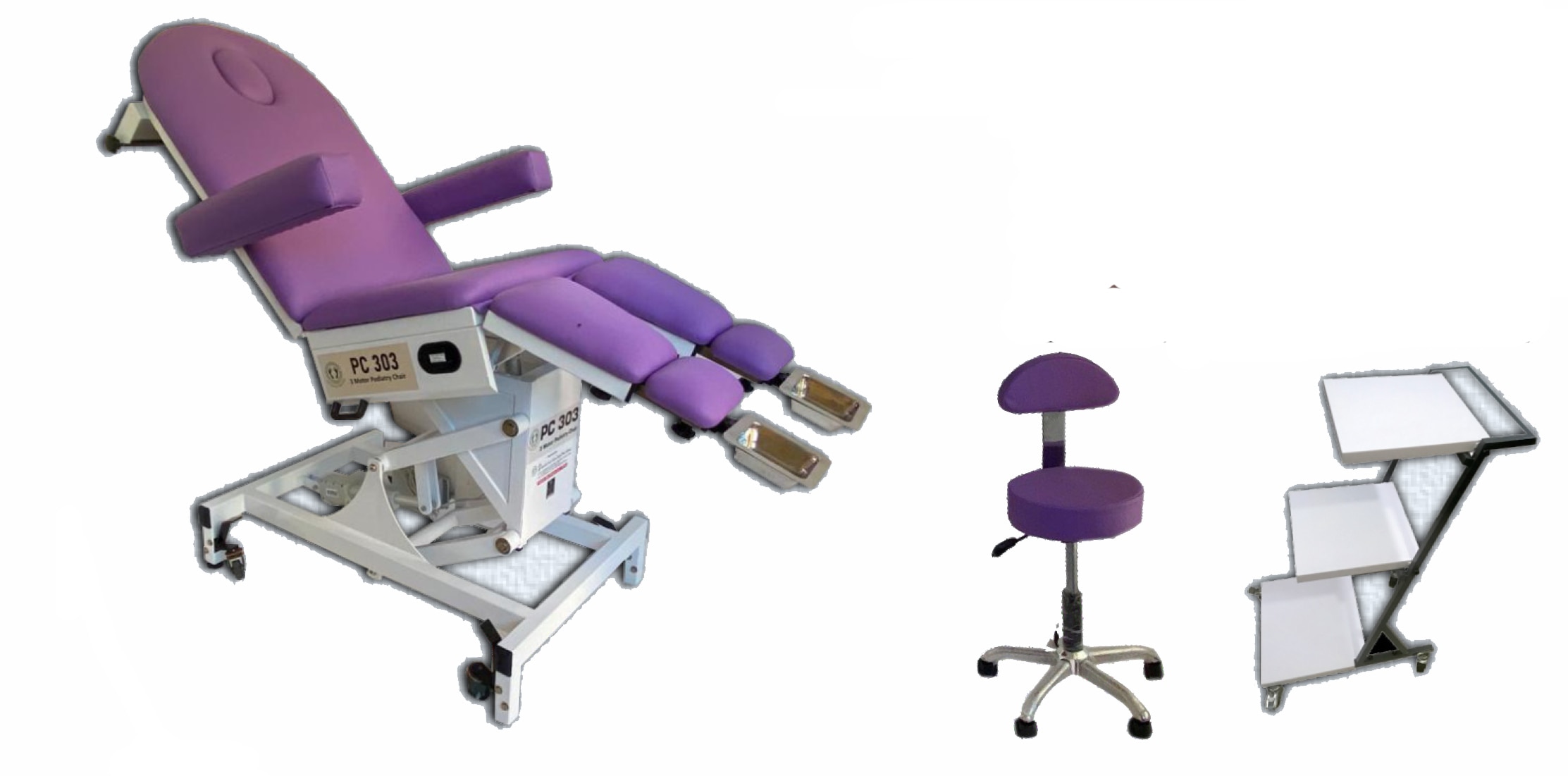Peripheral neuropathy is the prime cause of diabetic foot ulceration. Ulceration, in turn, is the key factor that may precipitate a cascade of events leading to lower-extremity amputation. Checking the loss of Thermal Sense, Vibration sense and protective Touch Sense will help the management of diabetic neuropathy and its effect on the foot. Three important simple devices are packaged in the Neuropathy Assessment Kit (NA03) for the effective management of diabetic neuropathy. The kit contains a Tiptherm, a Vibratip and Monofilament 10gm(25 Nos). TIP THERM® is a simple device for the early diagnosis of symmetrical polyneuropathy by measuring the loss of temperature sensitivity of the skin. TIP THERM® was developed to give the clinician and patient a convenient and easy-to-use method of testing. This device is recommended to use, at a room temperature of 23° C. Failure to perceive variances in temperature in the extremities is the most decisive early symptom of distal symmetric polyneuropathy, a typical ailment accompanying diabetes mellitus (Ziegler 1988). Portable Vibration sense device VIBRATIPTM is a device resembling a small key fob that provides a near-silent vibration of consistent amplitude at a frequency similar to that of a calibrated tuning fork. It is intended for use when testing a person’s vibration perception during routine checks for diabetic peripheral neuropathy (DPN) in people who have type 1 or type 2 diabetes. It is a disposable device works for about 250 patients, and vibrates at 125 Hz with an intensity equivalent to that of a Biothesiometer at 25 Volts. When the patient does not feel the vibration is classified as a high-risk category. MF10GM: Monofilaments 10gm is an effective, convenient, easy to use, relatively inexpensive way of testing for loss of protective touch sense in the feet. It is designed for single-patient use and can be used till 100 bends or filament damage.
Send Message




